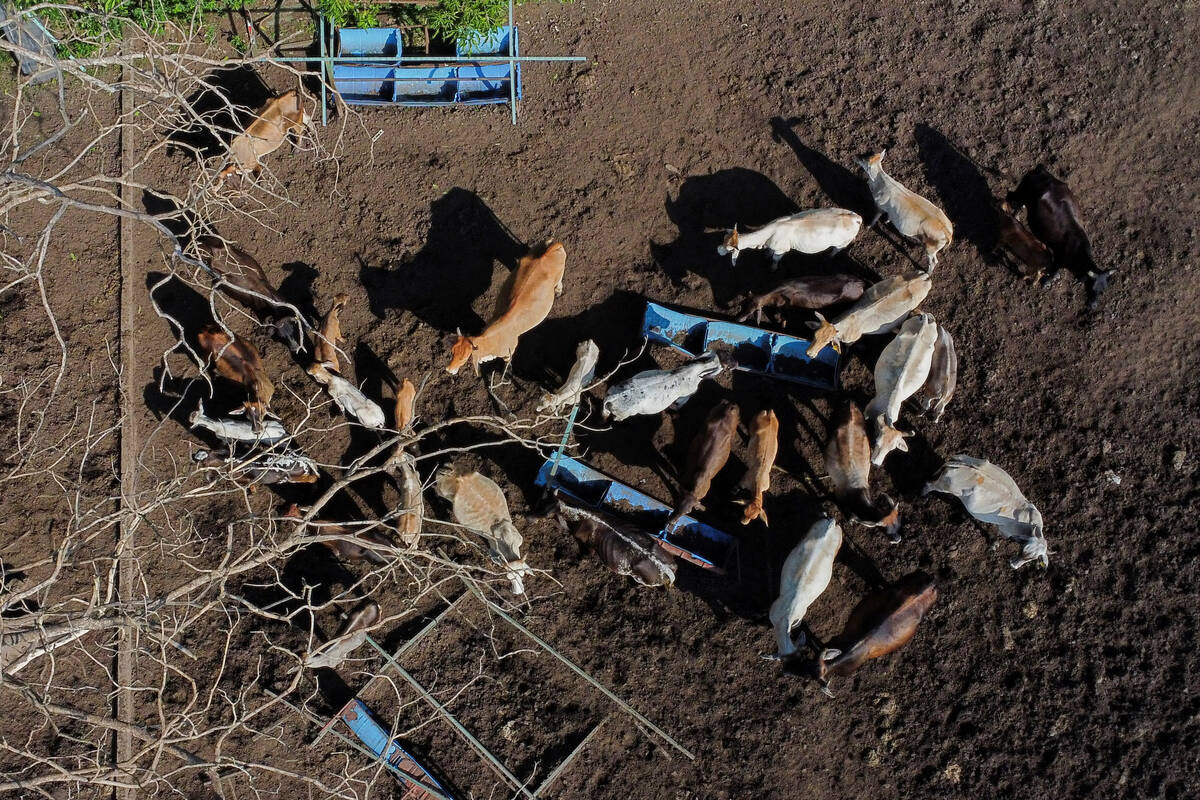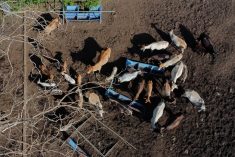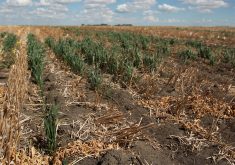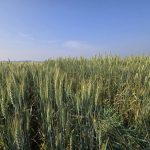The importance of using clean cereal and grass seed to prevent the spread of fusarium head blight cannot be over-emphasized, says Myriam Fernandez, a research scientist in plant pathology at the Semiarid Prairie Agricultural Research Centre in Swift Current, Sask.
Using seed from areas where fusarium head blight is well established, even if it is symptom-free, increases the risk of spreading the disease to unaffected areas, she said.
She recommends testing seed for fusarium graminearum and fusarium culmorum, the two most pathogenic and toxin-producing fusarium species, rather than relying on visual symptoms.
Read Also

Cattle smuggling worsens outbreak in Mexico
Cattle being smuggled across Mexio’s southern border are making a screworm outbreak much more difficult to control.
Planting infected seed in a clean field will lead to the build-up of the fusarium inoculum through root and crown infections.
After harvest, these plant parts will be colonized by the pathogen and might then be a source of inoculum the following year, she said.
The main source of inoculum for head infections is crop residue, so crop rotation is another control strategy. Rotating with a non-cereal crop for a minimum of one year, but preferably two years, should help reduce inoculum.
Fernandez said a crop rotation with a non-cereal crop may not help reduce FHB infection if grassy weeds or adjacent cereal fields are infected.
Stubble management is also important. Producers should encourage decomposition of residue through chopping and spreading.
Tillage to bury residue also increases decomposition, but the residue can later be brought to the surface and, if not completely decomposed, be a possible source of infection.
Fernandez said seed treatment, when properly applied, may help control poor germination and seedling emergence caused by seed infection.
If the seed is infected with fusarium graminearum, however, seed treatments might not prevent the introduction of this pathogen to uninfected areas.














